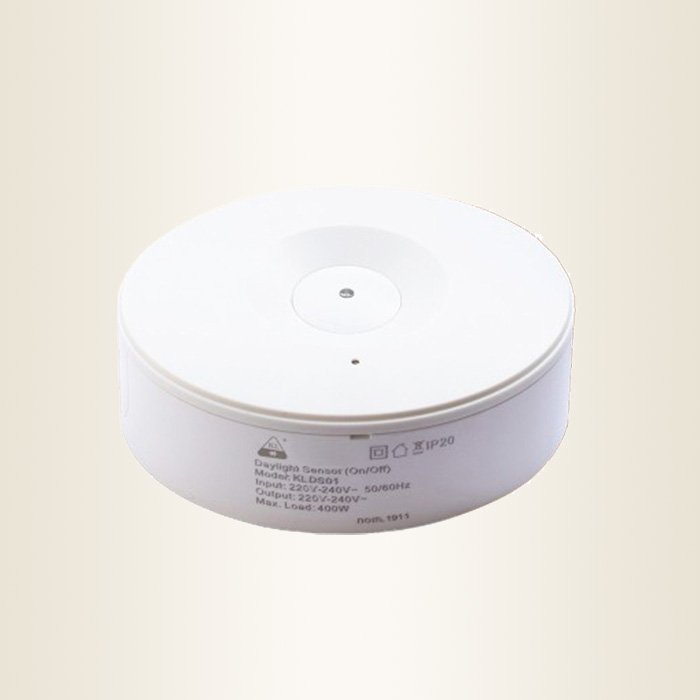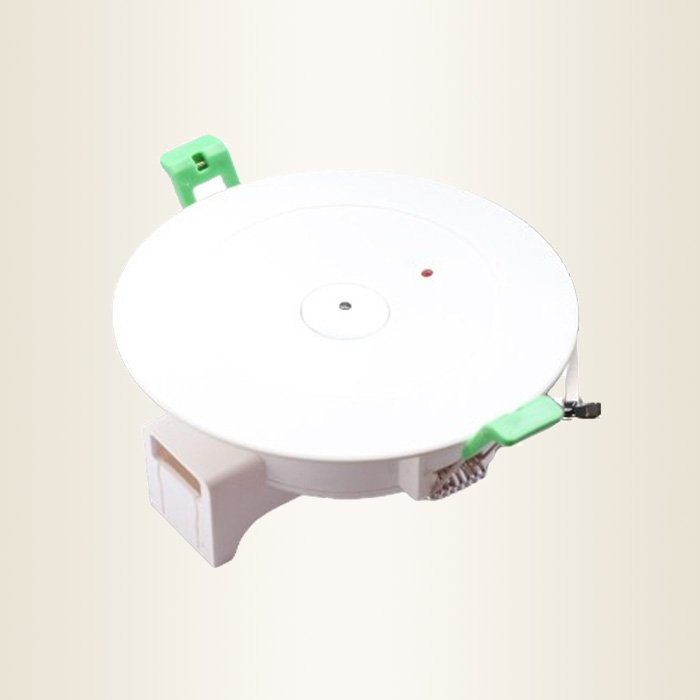Motion light sensors are an essential component of safety lighting systems. They provide convenience, energy efficiency, and enhanced security by automatically triggering lights when motion is detected. Whether used in residential, commercial, or outdoor settings, motion light sensors offer a range of benefits that contribute to a safer environment. In this article, we will explore the importance of motion light sensors in safety lighting systems and discuss their applications, benefits, and key considerations.
Enhancing Safety with Motion Light Sensors
Motion light sensors play a crucial role in safety lighting systems by providing immediate illumination when motion is detected. Here are some key reasons why motion light sensors are integral to safety:
1. Intruder Deterrence:
One of the primary benefits of motion light sensors is their ability to deter potential intruders. When activated, the sudden flood of light can startle and discourage trespassers, preventing unauthorized access to your property. Motion-activated lights create an impression that someone is present, increasing the security of your home or business.
2. Accident Prevention:
Motion light sensors contribute to accident prevention by illuminating potentially hazardous areas. For example, in stairwells or corridors, where visibility may be poor, motion-activated lights ensure that individuals can navigate safely without the risk of tripping or falling. These sensors are especially beneficial for the elderly or those with limited mobility.
3. Pathway Lighting:
Outdoor motion light sensors are commonly used to illuminate pathways, driveways, and entrances. By automatically turning on when someone approaches, these sensors provide guidance and prevent accidents caused by missteps, obstacles, or uneven terrain. Pathway lighting enhances visibility and ensures safe navigation, especially at night.
4. Energy Efficiency:
Motion light sensors contribute to energy efficiency by only activating lights when needed. Compared to traditional lighting systems that remain constantly illuminated, motion-activated lights conserve energy by reducing unnecessary usage. This not only reduces electricity costs but also minimizes environmental impact.

Applications of Motion Light Sensors in Safety Lighting Systems
Motion light sensors find numerous applications in various safety lighting systems. Here are a few examples:
1. Home Security:
Motion light sensors are commonly integrated into home security systems. They can be strategically placed around the perimeter of the property, near entry points, or in dark areas where visibility is limited. The sensors can trigger lights to turn on, alerting homeowners to potential threats and deterring potential burglars.
2. Outdoor Safety:
Motion light sensors are widely used for outdoor safety lighting. They can illuminate pathways, driveways, and yards, ensuring safe movement and deterring unwanted visitors. In commercial settings such as parking lots or public spaces, motion-activated lights enhance safety by providing adequate visibility and reducing the risk of accidents or criminal activities.
3. Workplace Security:
In commercial and industrial settings, motion light sensors are essential for workplace security. They can be installed in corridors, stairwells, warehouses, or parking lots to provide instant illumination when motion is detected. Motion-activated lights help to identify potential hazards, enhance employee safety, and discourage unauthorized access.
Key Considerations When Implementing Motion Light Sensors:
1. Placement and Coverage:
Proper placement of motion light sensors is crucial for their effectiveness. Consider the areas where you want to enhance safety and ensure that the sensors have adequate coverage. Adjust the sensor's field of view and detection range to match the specific requirements of the space.
2. Sensitivity Adjustment:
Motion light sensors should provide sensitivity adjustments to avoid false triggers caused by small movements or environmental factors. Ensure that the sensors allow for sensitivity customization to minimize unnecessary activations and maximize efficiency.
3. Lighting Control:
Consider the lighting control options offered by the motion light sensors. Some sensors provide adjustable time delays, allowing you to customize how long the lights remain illuminated after motion is detected. This feature can be valuable in conserving energy and minimizing light pollution.
4. Weather Resistance:
For outdoor applications, select motion light sensors that are weatherproof and able to withstand harsh conditions, such as rain, snow, and extreme temperatures. Ensure that the sensors are appropriately rated for outdoor use to ensure longevity and reliable performance.
5. Integration with Existing Systems:
Consider whether the motion light sensors can be integrated with existing lighting or security systems. Compatibility with other devices, such as alarms or cameras, can
enhance the overall effectiveness of the safety lighting system, providing a comprehensive security solution.

Conclusion
Motion light sensors are integral components of safety lighting systems, offering enhanced security, accident prevention, and energy efficiency. Whether used in residential, commercial, or outdoor settings, these sensors play a vital role in deterring intruders, preventing accidents, and illuminating pathways. When implementing motion light sensors, consider factors such as placement, coverage, sensitivity adjustment, lighting control options, weather resistance, and integration with existing systems. By considering these factors and selecting high-quality motion light sensors, you can create a robust safety lighting system that promotes security, convenience, and peace of mind.
Uncover The Working Principle And Application Fields of Motion Light Sensor